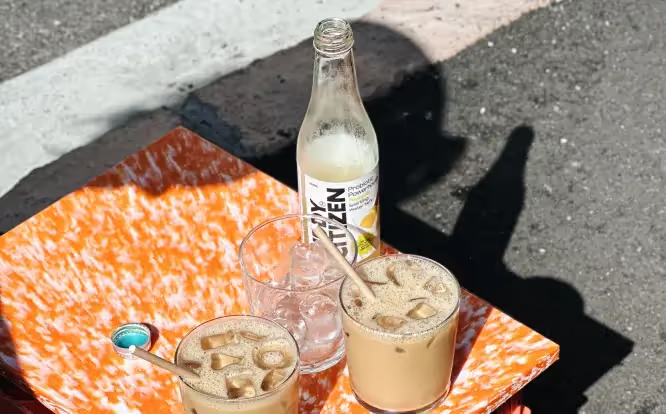Bike Locks: Your Guide to Securing Your Bicycle
Your bike is important to you; it might be your way to get to work and back every day, or maybe it’s your hobby that you race on the weekends. Either way, you’ve invested much time, effort and money into keeping it in top condition. You’ll want to keep it safe when not riding it. In an ideal world, you’d fold it up and put it in your bag until you need it again; however, this technology isn’t here yet, and until then, we need to take precautions to ensure that our bikes are secure when they are out of our line of sight. Pro tip - Insurance companies typically have different security requirements when bicycles are stored “at home” vs “away from home.”
Where to lock your bike:
The best place to lock up your bike is often an allocated bicycle storage or parking area. You can find these all around towns and cities across the country.
Suppose there aren’t any allocated spots to park and lock your bike. Have a look around for where other people are leaving their bicycles. These busier bike spots are generally a good indication that there could be a suitable space or object to lock your bike securely.
A Home Security Camera system could be an excellent deterrent for thieves from pinching your wheels. You’ll find street cameras all around nowadays, but the best ones are often close to banks and cash machines. These areas also typically have a high traffic flow with lots of people in and out; it will be harder for a potential thief to steal your bike without drawing attention to themselves.
Parking your bike in a high visibility area, like right in front of the supermarket instead of around the corner, also makes it more difficult for thieves to pull out their tools to cut your lock inconspicuously.
This one’s important: make sure that you lock your bike to an immovable object. Locking your bike to something that moves nullifies the point of locking it in the first place if someone can pick it up and take it home with them. Similarly locking your bike to itself or just through one of the wheels does not offer much security.

How to lock your bike:
Finding yourself an immovable object is the first step when locking your bike securely. Ideally, you want to secure it to a proper bike stand, but a railing also works well.
What you use to lock your bike is as essential as locking it in the correct place. Using a high-quality lock will make it more difficult for a potential thief to nick your bicycle. To deter thieves even further, you can also use two locks. Use one to secure the bike to the immovable object through the frame and at least one of the wheels if your lock is long enough. Using two locks makes it more difficult to steal your bike; using two different locks is even better as it makes it that much harder for someone to cut through your locks and steal your bicycle. Pro-tip: Someone can remove your wheels, hence the importance of ensuring your lock goes through the frame.
How not to lock your bike:
Locking your bike with the best lock but locking it incorrectly nullifies even locking it in the first place.
Avoid locking your bicycle too a moveable object like another bicycle or a chair. This means that the thief can pick your bike and object up, taking them both with them or slide the lock off and pedal into the sunset.
Locking your bike through only the wheel or the frame could allow the thief to steal your wheels or the frame and leave behind the locked wheel.

What lock to use:
We want your bike to stay as safe as possible, which means using a quality lock when you’re not riding it.
Check out our extensive locks list that includes brands like Abus, Kryptonite, On Guard, Knog and Hip Lok, complete with a variety of the safest, most robust locks around to help keep your bike secure when you’re not pedaling i
If your lock isn’t on this list or if you have any questions about our approved locks, give us a shout via email here, live chat here or call us on 1300 83 56 78
Get bike cover from Velosure with just the click of a button and ride with added peace of mind.










